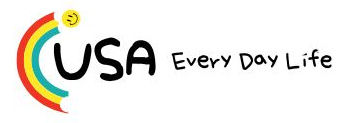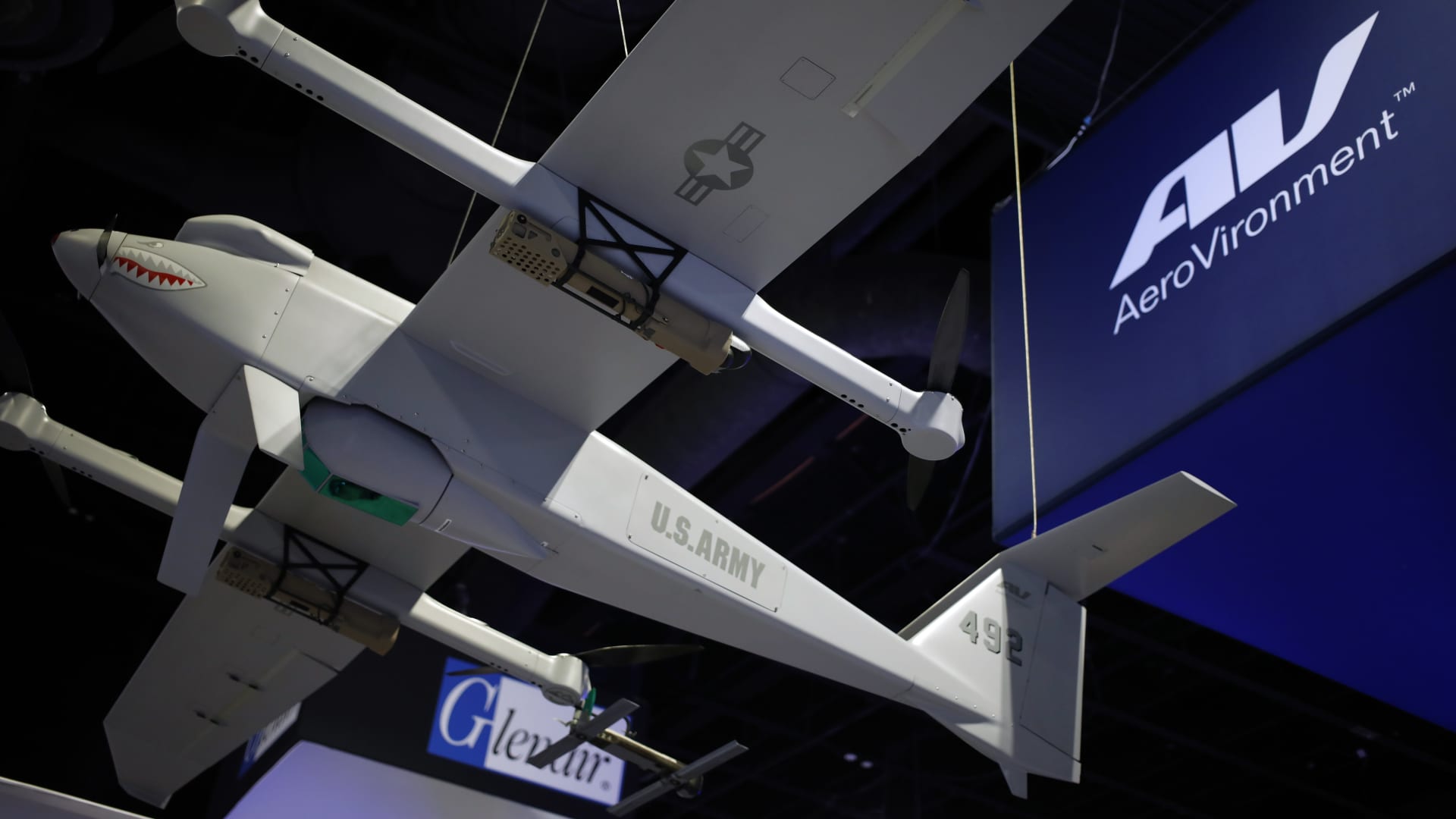From the battlefield to the halls of Congress, a shake-up is underway that will change how armed forces around the world prepare for conflict and engage with adversaries. June began with a wake-up call about how versatile and effective drones could be in warfare. After 18 months of planning, Ukraine successfully smuggled containers armed with drones inside Russia’s borders and inflicted damage on aircraft parked at five far-flung air bases. The daring “Operation Spiderweb” proved how efficient these relatively low-cost defense technologies can be, and offered an eye-opening example of new threats that exist. President Donald Trump has since signed an executive order aimed at supporting domestic drone production and addressing the threat from “criminal, terrorist and foreign misuse of drones inside U.S. airspace.” At the same time, there has been a reminder about the need for more powerful munitions. The recent attempt to thwart Iran’s nuclear ambitions shows there is still a key role for traditional military muscle such as ” bunker buster” bombs . Trump also has his sights set on creating a “Golden Dome” missile shield system . The project is likely to span many years and involve a broad swath of industry players , including those in the defense tech space. Even as U.S. lawmakers look to be more strategic about spending, they are still calling for a 12% increase in the defense budget. But many industry analysts expect the current climate to favor low-cost disruptive technology over the more traditional defense contractors. Both Goldman Sachs and Stifel recently initiated coverage of defense tech stocks, including drone manufacturer AeroVironment , and investors have been bidding up the stocks for weeks. Despite the run-up, analysts are optimistic there is still room for new money to be put to work in the sector. Commanding a higher valuation Jonathan Siegmann, an analyst at Stifel, said he expects there will continue to be demand for equipment made by Lockheed Martin , Northrop Grumman and the like, but the growth will be in the defense tech space. He recently initiated coverage of AeroVironment, Kratos Defense & Security and Teledyne Techology . AeroVironment and Teledyne are among his top picks “I am really excited about these companies because I feel growth in defense is going to be valued today,” Siegmann said in an interview. AeroVironment shares, as an example, have climbed 32% over the past month, boosting its year-to-date gain to 60% — and that’s after a more than 11% pullback this week on a stock and convertible note offering . But the stock is only 8% below the analysts’ average price target of $266.38, according to FactSet. AVAV 1Y mountain AeroVrionment shares over the past year. Siegmann said he expects the multiples that these stocks trade at will grow richer over time, especially when one considers the premium being paid for some private defense tech companies. “I think valuations have a chance to get really uncomfortably high relative to the old playbook and you only have to look at Palantir to see how richly these things can get because I think we are very early in seeing these new markets play out,” Siegmann said. Numerous private companies have been benefiting from money flooding into the sector. According to PitchBook, some 400 defense tech companies have raised a combined $13 billion worldwide so far this year. One of the largest is Anduril Industries, which recently raised $2.5 billion at a $30.5 billion valuation —double its value last August. On Wednesday, RBC Capital Markets analyst Ken Herbert upgraded his estimates and price targets within the sector, saying that the group is “poised for continued outperformance, driven by the growth in the FY26 defense spending” as well as its positioning in high-demand areas like space, missiles, hypersonics, unmanned technology and artificial intelligence. Herbert’s favorite name is AeroVironment, which he says is trading at a discount to its peers even as its position has improved since its acquisition of Blue Halo. He also has an outperform rating on Karman Holdings and Kratos. “We agree that the small cap defense tech sector has reset at levels where these stocks have rarely traded,” he wrote in a note to clients. “…. However, we believe the industry is set to continue to benefit from several secular tailwinds, which should translate into an acceleration in growth in 2026.” Herbert increased his price target for AeroVironment by $75 to $275, implying 12% upside from Thursday’s close. He raised his price target on Kratos to $50 from $38, suggesting shares could also rise 12%, while Karman’s target was lifted to $51 from $44, or about 13% above its current levels. KRMN YTD mountain Karman Holdings shares year to date. BTIG analyst Andre Madrid expects AeroVironment shares could rise even higher. He set a $300 price target after the company reported earnings in late June. “The global threat environment remains elevated as evidenced by conflicts in the Middle East and Europe, as well as rising threats in the Indo-Pacific,” he wrote in a research note at the time. Madrid said he sees the company’s offerings as very much aligned with the administration’s priorities, and he expects the recent pledge by members of NATO to spend 5% of their gross domestic product on defense will unlock even more opportunities. “I think the attack in Russia kind of proved the ability for an adversary to infiltrate your territory and launch such a … mass drone attack right under your nose. …The U.S. is acutely aware of that threat,” Madrid said in an interview. With this in mind, as well as with the efforts behind Golden Dome, defense spending priorities will remain focused on unmanned aerial systems and ways to counter them, he said. “Just because of how important it is, not just for military installations, but also civil infrastructure, water treatment plants, the electric grid,” Madrid said. Kratos is another company to watch. Goldman Sachs upgraded the stock to buy on June 29, with a $52 price target. With the stock’s $44.66 close on Thursday, shares could rise 16% from here. KTOS YTD mountain Kratos Defense and Security Solutions shares year to date. “Kratos is building products for the war fighter that use commercial technology and offer similar capability at a significantly lower price,” Anthony Valentini, the Goldman analyst wrote when he upgraded the stock. “This positions the company to benefit from budget dollars being allocated to autonomous systems, space, artificial intelligence, and missiles.” While Valentini warned that Kratos has sometimes struggled with profitability and cash generation, he expects it has hit “a key inflection point” given the Trump administration wants to use commercial technology to drive scale. However, Valentini’s price target ranks among the highest on Wall Street. While 79% of analysts rate Kratos a buy, the average price target sits at $45, according to FactSet. That’s less than 1% above the stock’s current price. Kratos shares have climbed more than 69% year to date, with a 14% advance over the past month. Stifel’s Siegmann raised his price target on Kratos on Wednesday to $54, citing both its recent $500 million equity raise and its Prometheus joint venture with Rafael Advanced Defense Systems. It’s believed these systems were heavily used in last month’s conflict between Israel and Iran, and he expects Prometheus will be “a significant earnings contributor in the future.” “Defense is changing,” Siegmann told CNBC. “We’ve been through reform cycles in the past, and not much has changed, and I think that’s why people are a little bit complacent, … but the threats are so significant. If we’re serious about deterring China, we’ve got to make changes, and I think there’s consensus among Democrats and Republicans about the industry … that change is needed.”





